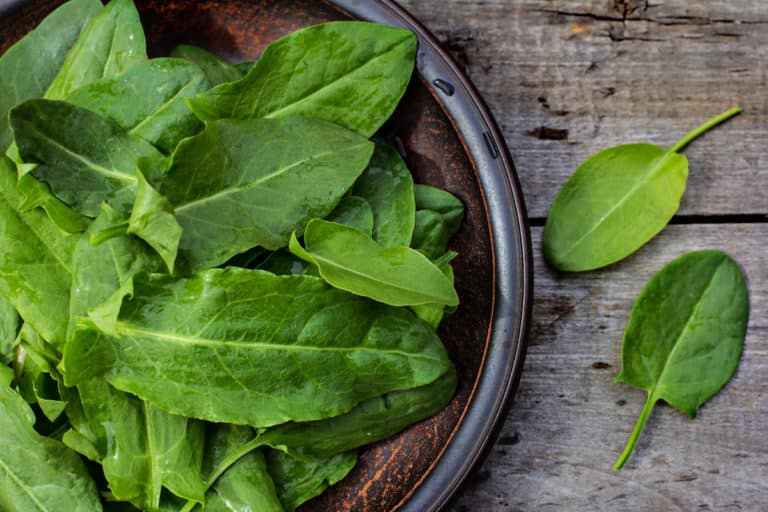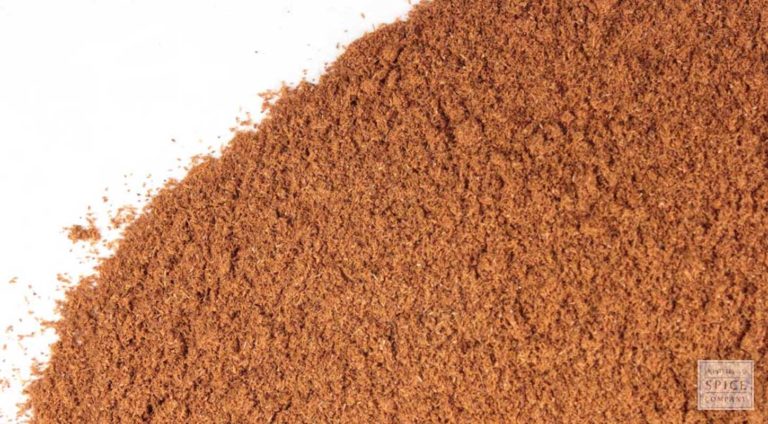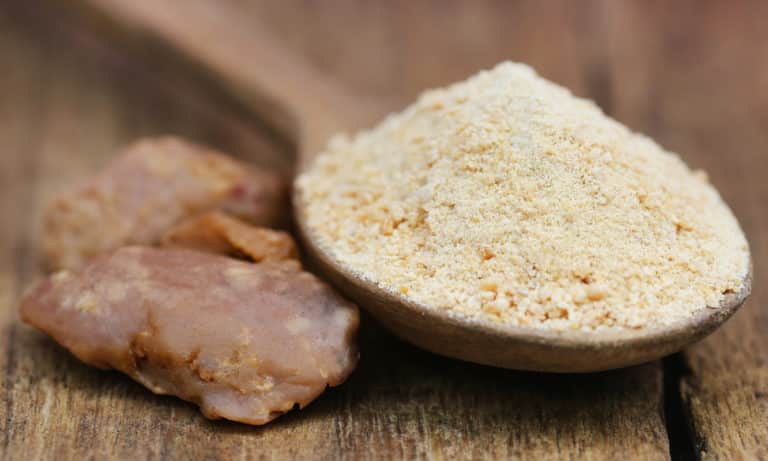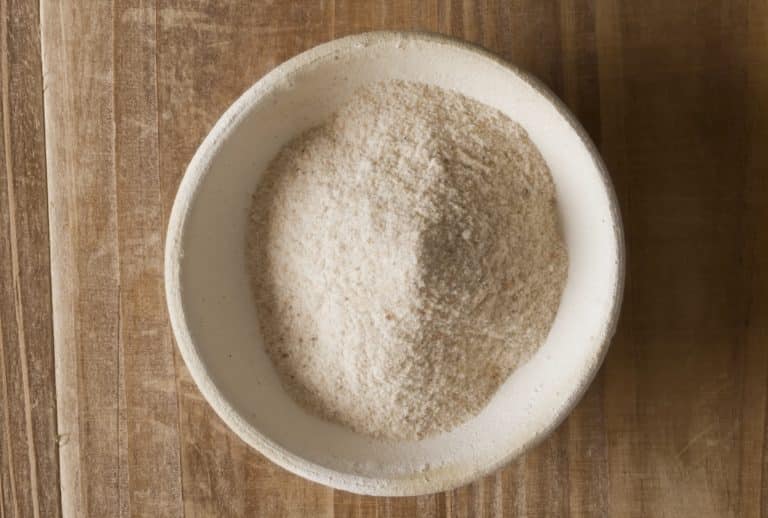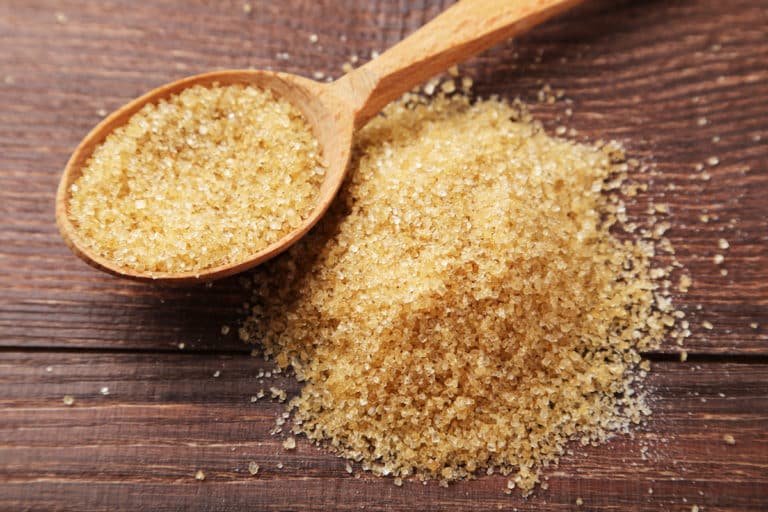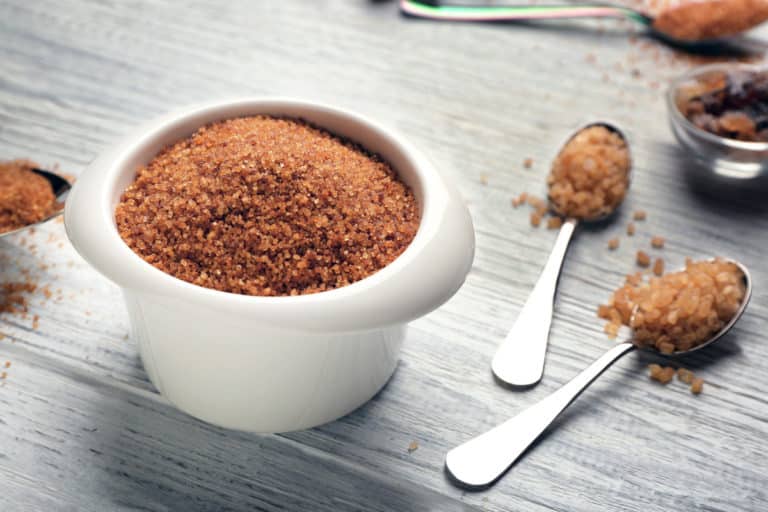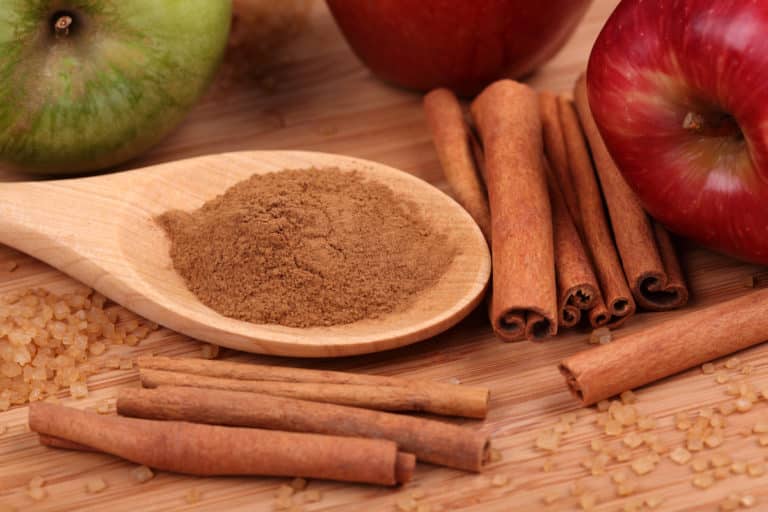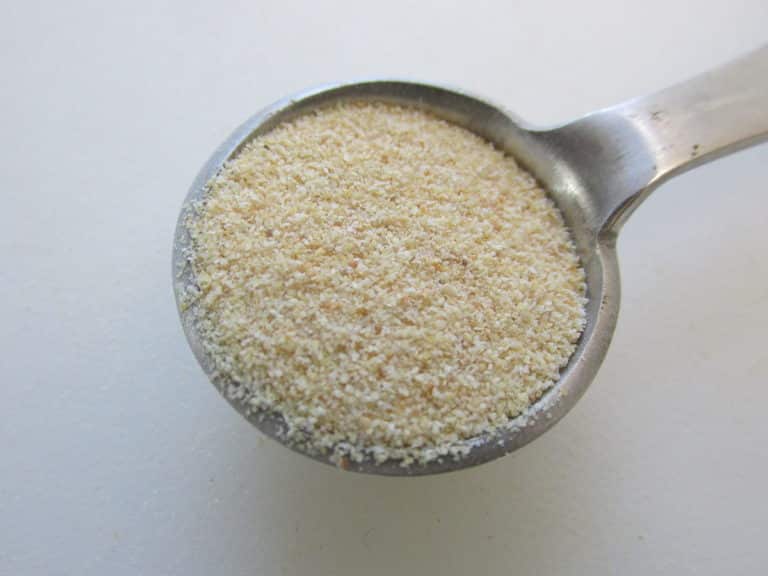Most of the popular herbs and spices come from tropical regions, usually the Far East but sometimes from Africa or from Central and Latin America. Sassafras is different in that it comes from North America. The tree that produces it comes belongs to the Lauraceae family that includes cinnamon and the bay trees that give us bay leaves.
Sorrel: The Sour Herb
The word sorrel is derived from a French word meaning sour. It is a relative of buckwheat and different from Jamaican sorrel, which is in the hibiscus family. The sorrel herb has been in use since ancient times in both Egypt and Europe. At the start of the colonial era, …
